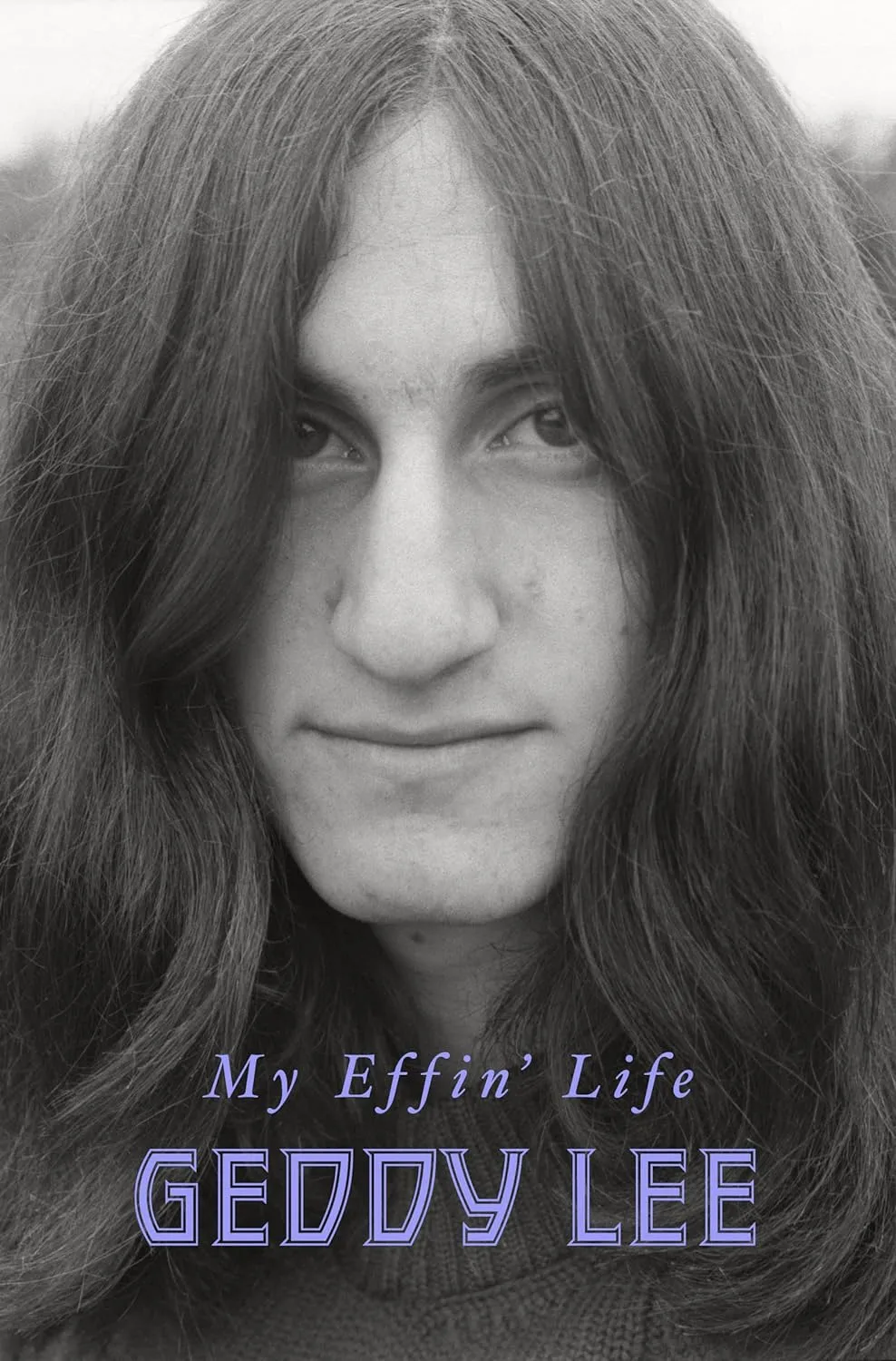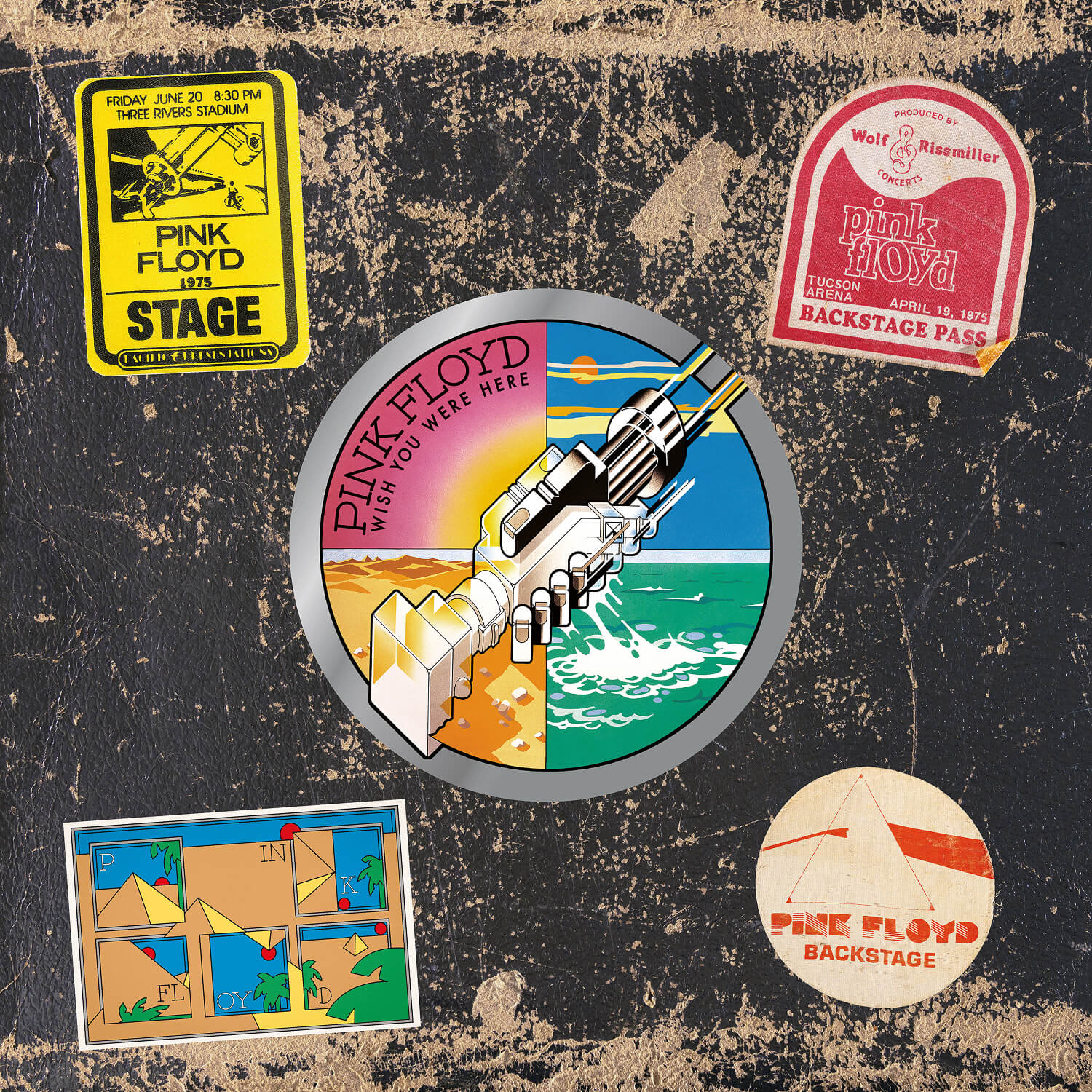Geddy Lee, best known as the lead singer and bassist of the iconic rock band Rush, recently unveiled his memoir, titled “My Effin’ Life.”
Upon catching wind of the release announcement, I couldn’t resist snagging a copy right away. Rush has been a lifelong favorite, and delving deeper into their story through the lens of Geddy Lee’s personal account was an exciting prospect.
These days, I find myself more engrossed in audiobooks than traditional reading. Hence, my initial move was to scour the Audible app, eagerly hoping not only for the availability of the audiobook version, but also for Geddy Lee himself doing the narration. Lo and behold, my wish came true. Instant purchase.
I must say, the contemporary trend of authors narrating their own audiobooks resonates charmingly with me. While currently more prevalent in non-fiction, it’s becoming increasingly expected. What beats hearing the author’s voice, narrating with the same tone and nuances intended during the writing process?
In Geddy Lee’s case, his vocal inflections and emotional nuances during the narration add a vibrant layer to the storytelling. He laughs at times, adopts a serious and solemn tone at others, and occasionally even breaks into a cappella singing. It’s truly delightful to listen to.

Geddy unfolds his life story from childhood, dedicating a substantial portion of the book to painting the backdrop of his upbringing in a Toronto suburb, as the child of Polish-Jewish immigrants and survivors of World War II concentration camps. This last point, especially his Jewish heritage, had a significant impact on the author’s life, as it unfolds throughout the remainder of the book.
A significant chapter is exclusively devoted to recounting the harrowing tale of his parents’ individual captures by the Nazi regime. The circumstances of their meeting during their time in various concentration camps, only to be separated, and their eventual reunion and immigration to Canada.
I anticipated that this chapter would be somewhat tedious, as I wanted to focus on the band’s history, but to my surprise, it emerged as one of the most memorable segments of the book. Given my own roots as a descendant of Polish-Jewish immigrants, the chapter held particular significance for me.
Returning to Geddy’s life, while initially the narrative extensively reflects on the events culminating in Rush’s formation and success, it eventually settles into a recurring cycle of Rush recording a new album, embarking on extensive tours, recording another album, followed by yet another lengthy tour, and so forth.
When I reached this point, I felt that the narrative was moving too swiftly, especially after Rush had already become an established international act.
Describing a career as extensive as Rush’s, spanning nearly 50 years and encompassing 20 studio albums, is undeniably challenging. It’s understandable that the author doesn’t always delve into intricate details, opting instead for concise summaries of the band’s activities during specific periods. After all, there were numerous years of history to cover.
Nonetheless, readers gain insights into various episodes from Geddy’s life on tours and his encounters with different bands, some notably prominent. Rush shared stages with these bands, initially as opening acts and later as headlining performers. Also, it was amusing to discover that not all their concerts were always staged in glamorous or appealing venues.
One of the highlights of the book for me was the opportunity to gain a deeper understanding of Geddy’s relationship with his partners in Rush: Alex Lifeson, the guitarist, and Neil Peart, the drummer and lyricist, who passed away in 2020.
In contrast to many other successful bands that often succumb to internal ego clashes, Rush stands out. Every paragraph and mention Geddy makes of his two counterparts radiates their close and warm friendship, coupled with immense affection and enduring respect for each other, even to this day.

In Geddy’s narration, there’s the typical backdrop of drug consumption within the music world, addressed humorously. However, what struck me was the absence of expected tales of promiscuous encounters with band groupies. While I’m not entirely convinced that the members of a successful band like Rush never succumbed to the tempting offers of love that surely came their way, Geddy doesn’t delve into such stories.
Instead, readers get to know about Geddy’s relationship with his wife, from their teenage introduction to the challenges that arose due to Rush’s constant touring.
Geddy also shares insights into his geeky pastimes, from reading Tolkien and Ayn Rand during tours (and drawing inspiration from them for the band’s musical compositions,) to collecting baseball cards, and bird photography.
A particularly enjoyable aspect of the book was discovering Geddy’s profound respect for the myriad of music that influenced him since his youth. His musical devotion shines through, coupled with an encyclopedic knowledge of albums, bands, and their members. Often, it felt as if he expressed himself with great emotion and admiration while referencing some of his musical heroes, such as the progressive rock group, Yes.
To conclude, I find the book written in a clear and easily understandable manner. It never struck me as dull. Geddy’s tone remains consistently humble, enthusiastic, insightful, and thoroughly pleasant, aspects even more pronounced in the audiobook version.
Also, for the moment, it seems the book is only available in english.
In my view, it’s a highly recommended read, especially for fans of Rush’s music. It provides a direct glimpse into the life and mind of an incredibly intelligent, reflective, and multi-talented artist. Above all, a story of unwavering perseverance.
To enhance your experience, click here for a playlist featuring my top 10 Rush tracks.






